Alocasia Plant
Alocasia Plant Care & Information - Everything you need to know about Alocasia Houseplants, Care Tips & Popular Varieties
A Guide to Alocasia Houseplants
Also known as elephant ear plants, alocasia houseplants are a popular choice for indoor plant owners.
They are perhaps one of the more quirky looking plants, with their large leaves, tall stems and unique shapes. They are very easily recognisable and we think they ooze tropical houseplant vibes!
Let's take a look at some popular alocasia house plant varieties and essential tips and tricks for keeping your alocasia houseplants healthy and thriving.
A Guide to Alocasia Houseplants
We love supporting customers of all abilities here at Small Indoor Plants, whether you are a beginner or an experienced plant enthusiast, this guide will help you successfully grow and maintain beautiful alocasias in your home.
We hope you enjoy our comprehensive guide to alocasia houseplants! We aim to provide you with the key information to help you care for alocasia house plants as well as introduce you to some popular alocasia varieties including some of our favourites.
We have have great range if your are looking to buy alocasia houseplants too.
Need an alocasia plant care kit? It includes everything you need to keep your begonia plant roots, leaves and soil in top condition so your plant will look great!
Alocasia as Indoor Plants
Caring for an Alocasia
Now that you are familiar with some popular Alocasia plant varieties, let's dive into the essential tips for growing and caring for these plants:
Alocasia Light Requirements
Like many house plants Alocasia house plants thrive in bright, indirect light. Avoiding direct sunlight is important, as this can scorch the leaves.
The ideal way to meet elephant ear light requirements is to place them near a window where they can receive filtered sunlight.
Alocasia Temperature
Alocasia plants prefer warm temperatures, between 65°F and 85°F (18°C to 29°C) is the ideal alocasia temperature range.
Alocasia indoor plants need to be protected from drafts and cold temperatures, as they are sensitive to cold air.
Alocasia Watering
Alocasia plants like the soil to be kept consistently moist - but not soggy. Adding perlite to your soil is a great way to help your alocasia soil become more free draining.
As a guide, water the plant when the top inch of soil feels dry to the touch.
Alocasia Humidity
Coming from environments where humidity can be very high, Alocasia plants enjoy
high humidity. You can increase humidity of your alocasia plant by placing a tray filled with clay pebbles and water.
Misting the leaves regularly with houseplant myst will not only help with humidity but add nutrients that will enhance the growth of your alocasia.
Alocasia Soil
The ideal alocasia soil mix is one that retains some moisture. A well-draining potting mix made up of moss, perlite, and potting soil works well for Alocasia plants.
Houseplant focus repotting mix is a great alocasia soil.
Alocasia Food
Feeding your Alocasia plant with a balanced, water-soluble fertilizer once a month during the growing season (spring and summer) will help keep your plants looking in top condition.
Houseplant focus fertiliser is a great alocasia plant food.
Alocasia Pruning
Alocasia are among the easiest plants to prune. Remove any yellow or damaged leaves to maintain the plant's overall health and appearance.
You can also trim back overgrown stems to encourage bushier growth.
Alocasia Pests & Disease
Alocasia can be slightly more prone to common houseplant pests such as spider mites and mealybugs. If you notice any signs of infestation, treat the plant with an appropriate insecticide or use natural pest control methods.
SB plant invigorator and bug killer is a great way to eliminate pests and encourage growth.
Alocasia Support
With the right conditions some varieties of alocasia plant can grow quite large. While they are a slow grower, as they grow they often benefit from support. Use plant support stakes to provide support and train the plant to grow in the desired direction.
Final Thoughts on Alocasia House Plants
Alocasia plants are a houseplant that boasts a unique appearance and leaf shapes. They can at times have more niche care requirements. While not hard to care for, they are also not the simplest plants to care for.
Remember to provide them with the right light, water, humidity, and temperature conditions and your alocasia indoor plant will thrive.
Looking to buy an Alocasia House Plant?
-
Elephant's Ear - 4 pcs. - Alocasia 'Macrorrhizos' - Height 60-70cm - ⌀17cm
Regular price £82.95Regular priceUnit price / per -
Alocasia Macrorrhizos Elephant's Ear Houseplant - Height 60-70cm
Regular price £27.95Regular priceUnit price / per -
Elephant's Ear - 2 pcs. - Alocasia 'Odora' - Height 55-75cm - ⌀17cm
Regular price £49.95Regular priceUnit price / per -
Elephant's Ear - 2 pcs. - Alocasia 'Macrorrhizos' - Height 60-70cm - ⌀17cm
Regular price £51.95Regular priceUnit price / per -
Alocasia Wentii Elephant's Ear Houseplant - Height 70-80cm
Regular price £36.95Regular priceUnit price / per -
Alocasia Cucullata Elephant's Ear Plant - Height 70-80cm
Regular price £36.95Regular priceUnit price / per -
Alocasia Odora Plant Elephant's Ear - Height 55-75cm
Regular price £29.95Regular priceUnit price / per -
 Sold out
Sold outAlocasia Baginda with Sage Green Pot
Regular price £26.99Regular priceUnit price / per -
Alocasia Baginda with Yellow Plant Pot
Regular price £26.99Regular priceUnit price / per
Alocasia Plant Food
-
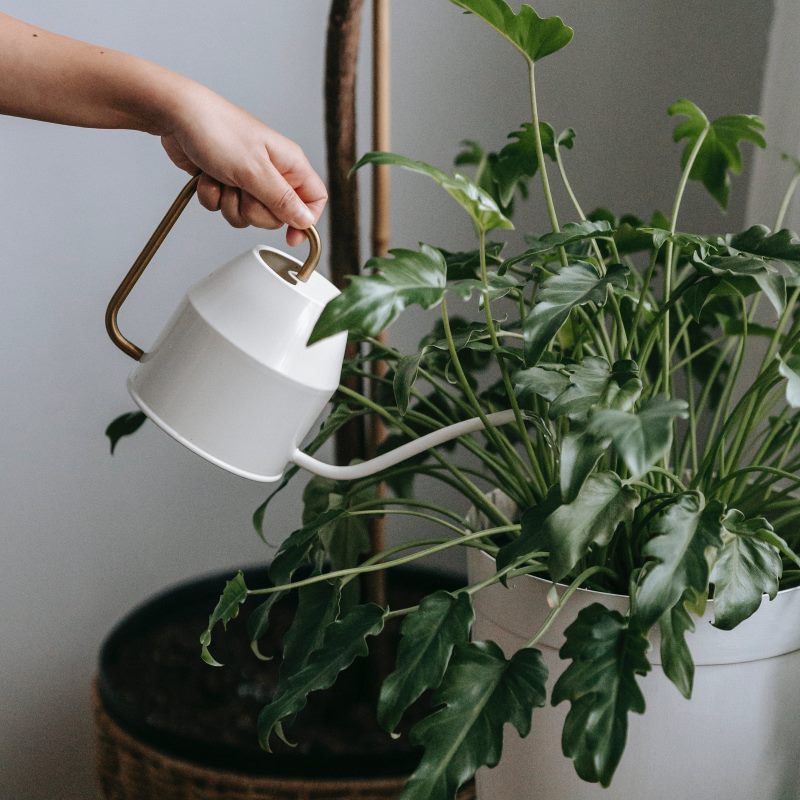
Indoor Plant Food
Buy Indoor Plant Food -

Plant Drip Feeder
Buy Plant Drip Feeders
Alocasia Support Sticks & Clips
-

Plant Clips
Shop Plant Clips -
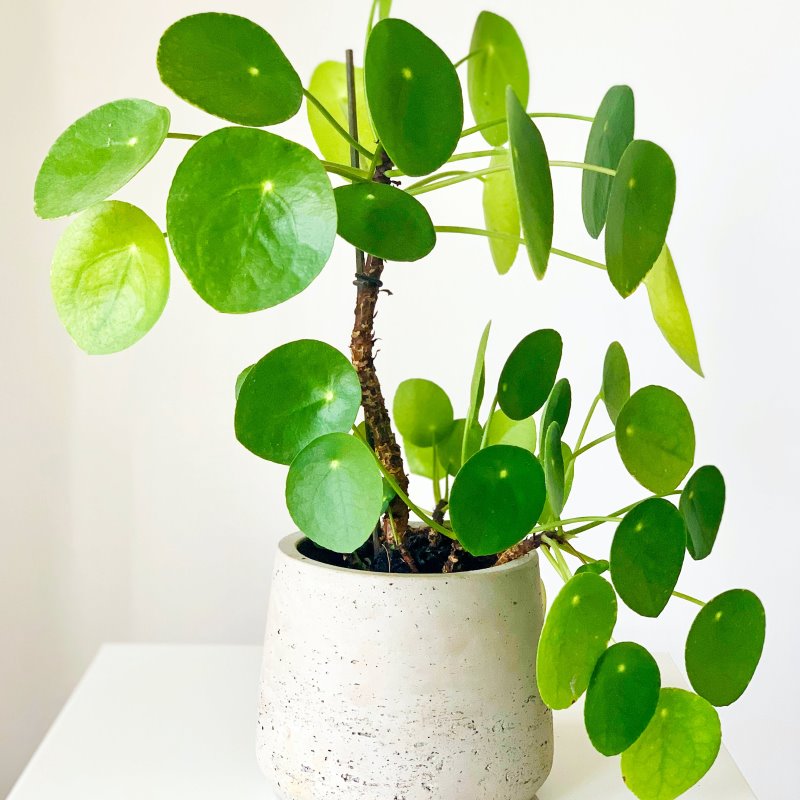
Plant Support Sticks
Shop Plant Supports -
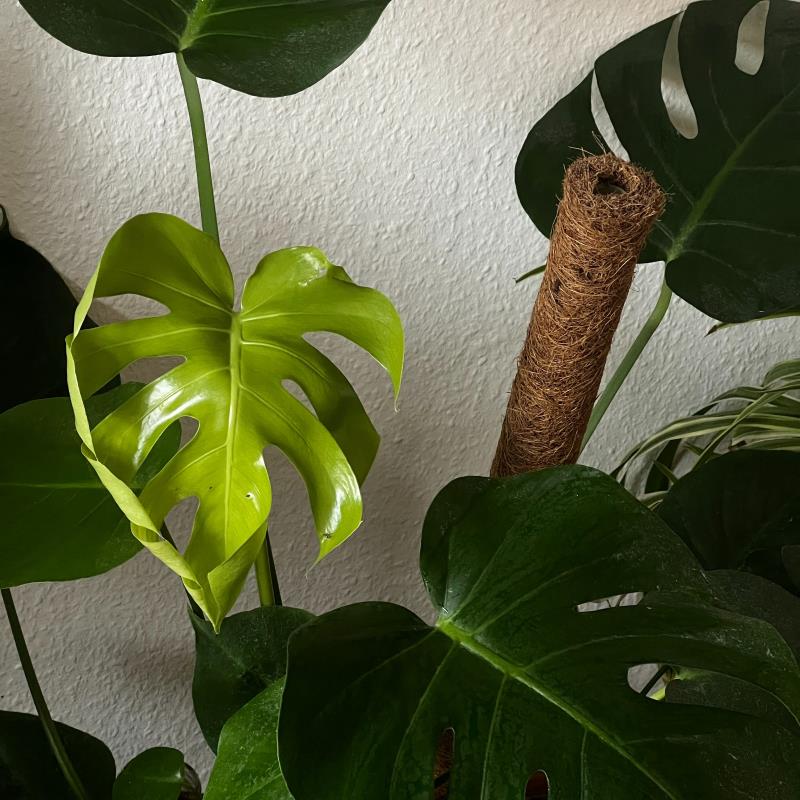
Moss Pole
Shop Moss Poles
Alocasia Soil & Compost
-
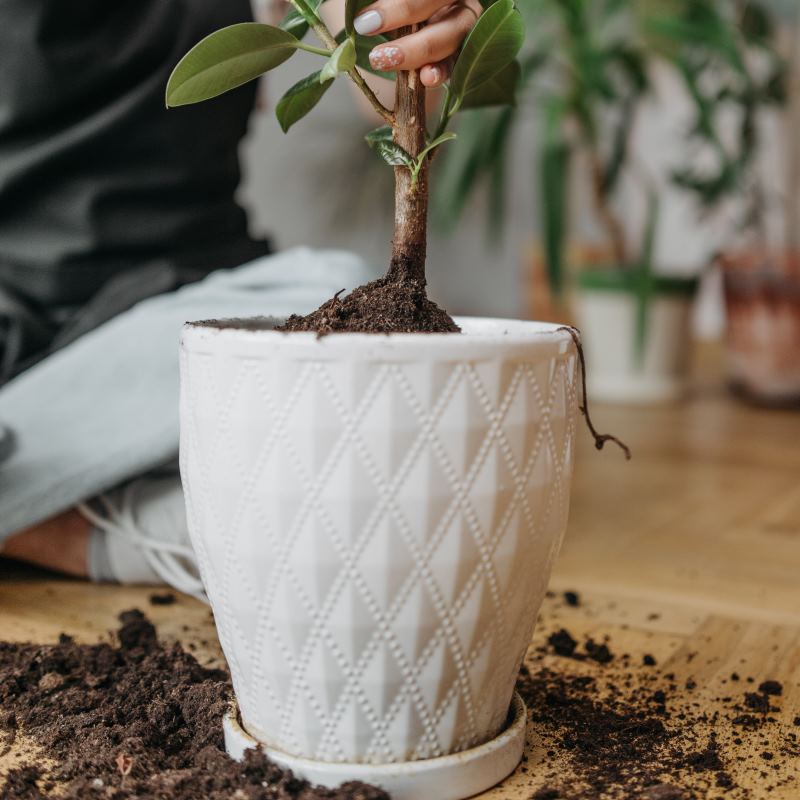
House Plant Compost
Shop House Plant Soil -
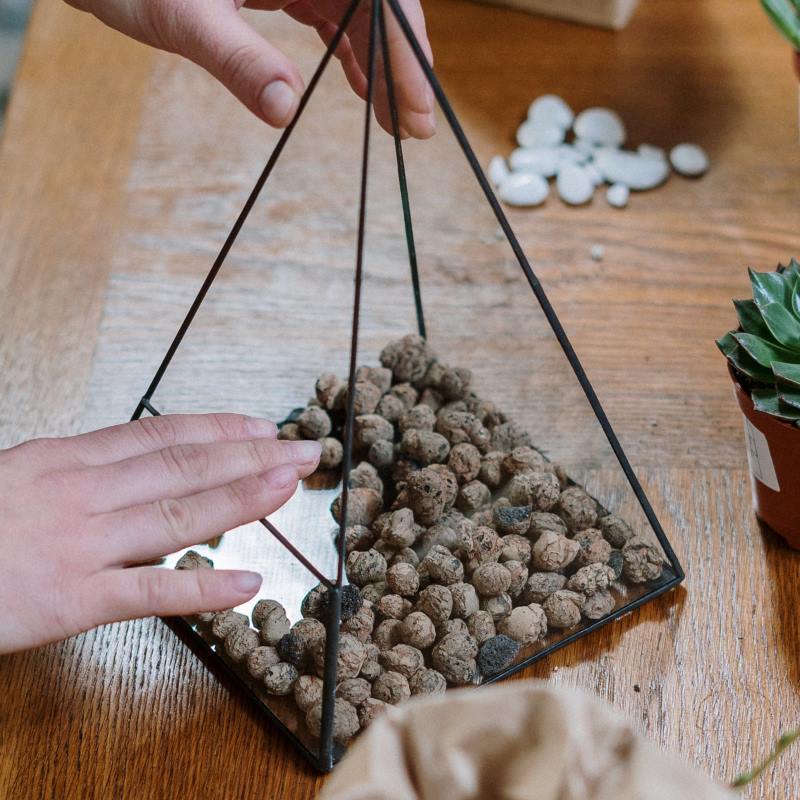
Clay Pebbles for Plants
Buy Clay Pebbles -
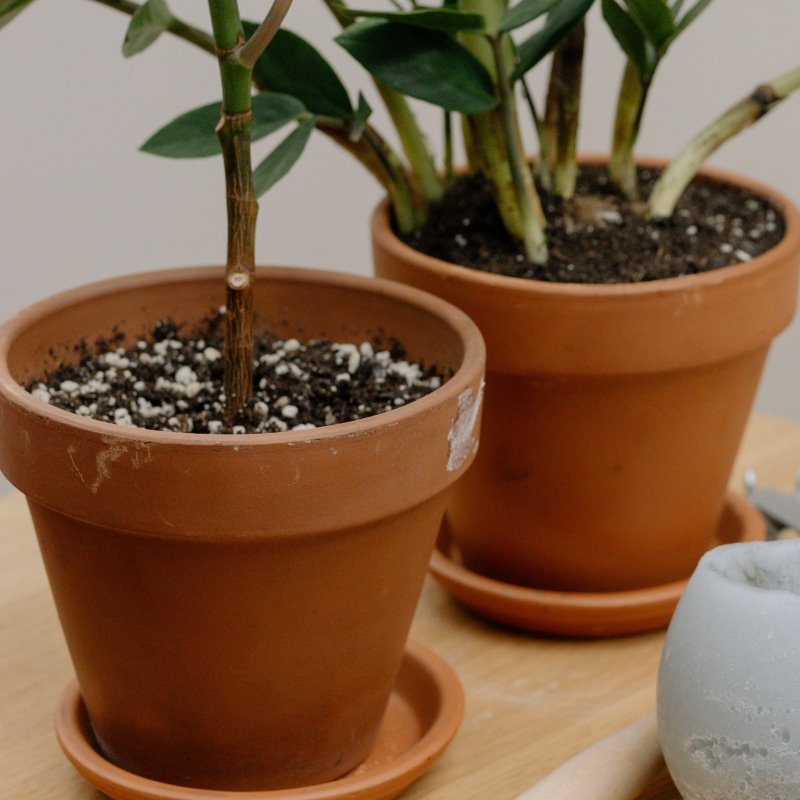
Perlite for Plants
Buy Perlite -
Alocasia Houseplant Repotting & Accessories
-
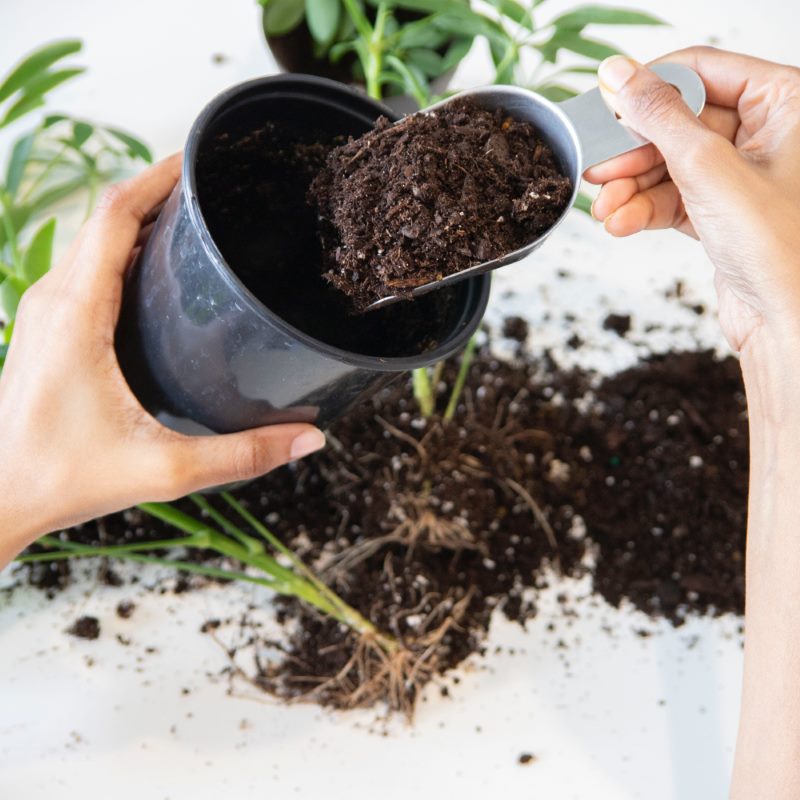
Repotting Soil
Buy Repotting Soil -
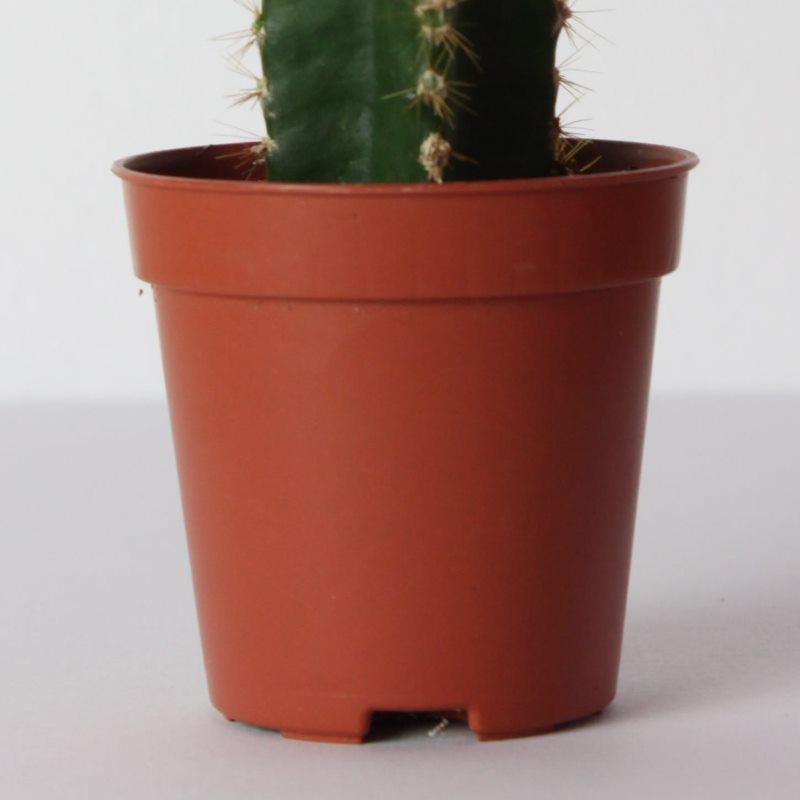
Plastic Plant Pots
Buy Plastic Pots -
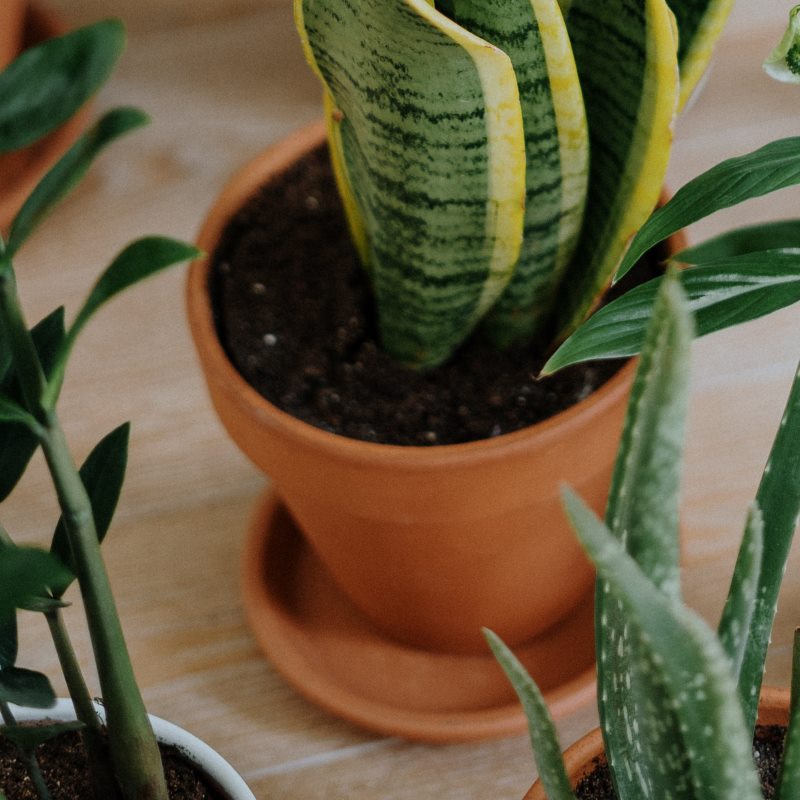
Plant Pot Saucers
Buy Pot Saucers -
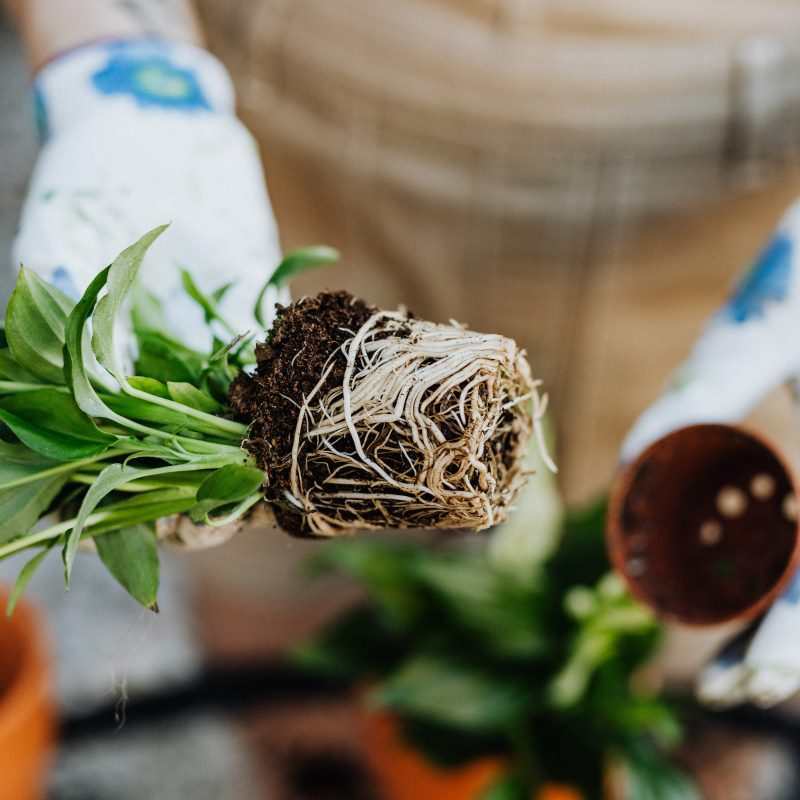
Root Growth Stimulator
Shop Root Stimulator























